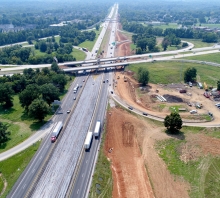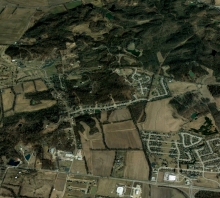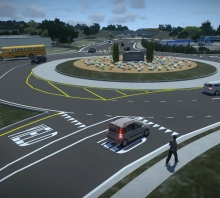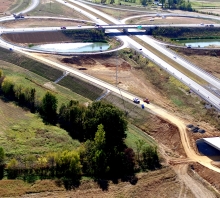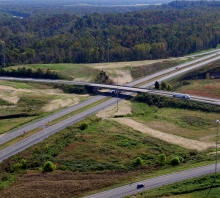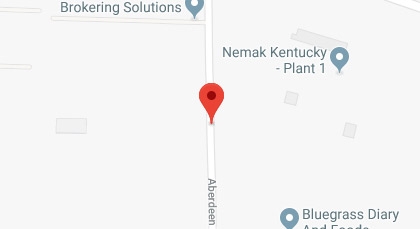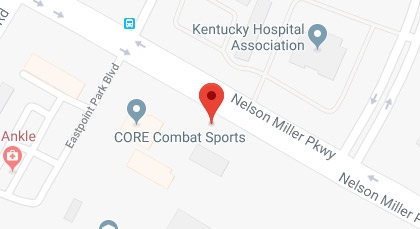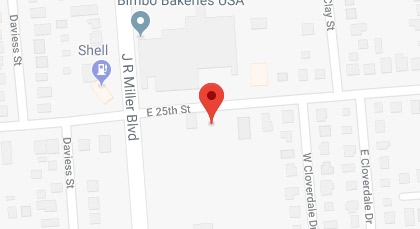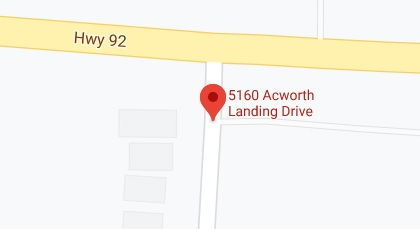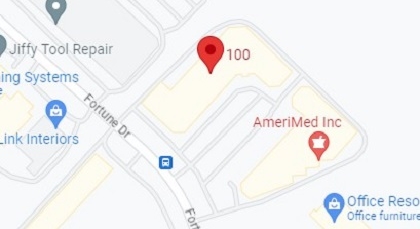Western Kentucky University’s (WKU) upgrades to the athletic complex between Avenue of Champions and University Drive (US 68) had exacerbated a long-standing problem—subpar stormwater infrastructure. Most significant was the runoff impact to the Denes Baseball Field during rain events. When a funding opportunity for a new field arose, WKU saw a chance to score a “double play” with the new field and an improved drainage system.
A primary challenge on this project was to “conform” the new field to the existing features. Subdrainage layout had to be designed around the finished grade in the outfield which had “must tie to” constraints, recessed dugouts could not be changed and were having ponding water problems, an existing outfield wall had to remain and was directly in the way of one of the stormwater outlet locations, underground utilities were prevalent (including a primary WKU underground power feed that supplied multiple campus buildings and ran directly under the field), and the synthetic field had exacting material and grade requirements or WKU would be in danger of violating warranty conditions—all obstacles preventing a “cookie cutter” approach.
The subdrainage collection systems under the field could not be “freely” drained and had to be designed and hydraulically modeled to ensure the two existing downstream storm systems available for connection would not be overwhelmed and create issues on high traffic roadways more problematic than existing drainage issues around the field complex.
To ensure exacting topographic data below and underground, subdrainage, and finish grade requirements, AEI utilized GPS, GPR, and LiDAR surveying to meet project demands. Surveying information was used to create a 3D surface and importable CAD file that the Contractor could use “on the fly” to achieve project requirements under a tight schedule. AEI also provided periodic UAS (drone) imagery to the WKU staff to inform stakeholders on project progress.
The project was completed on time and under budget. The field was required to drain a minimum of 40 inches/hour and was field tested at seven locations and verified at over 100 inches/hour at each testing location.




